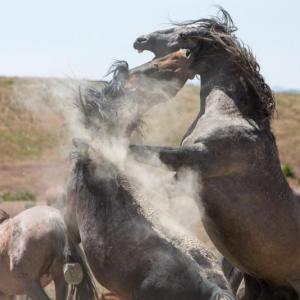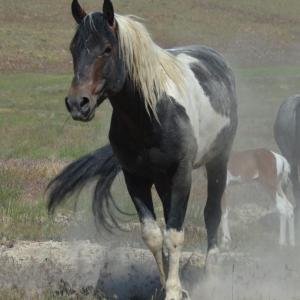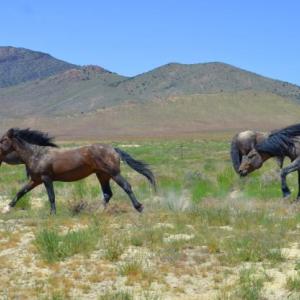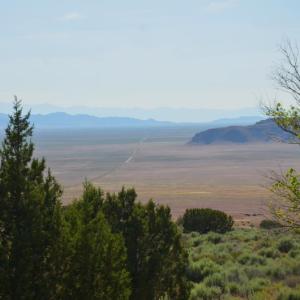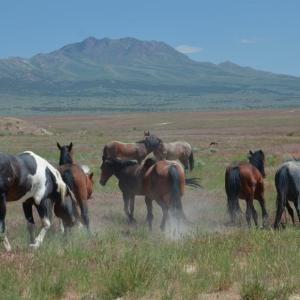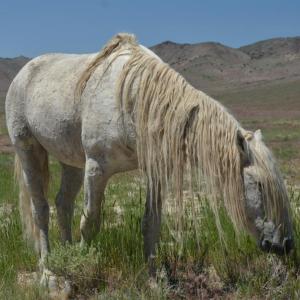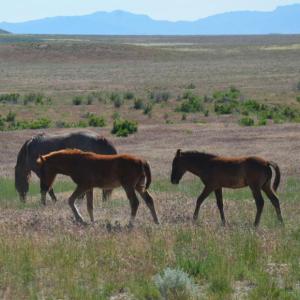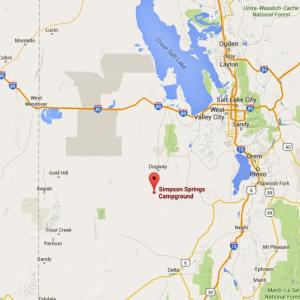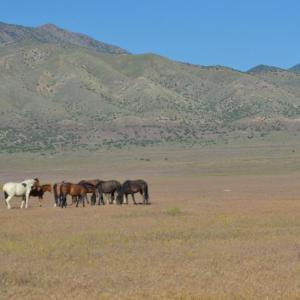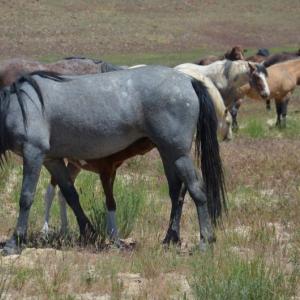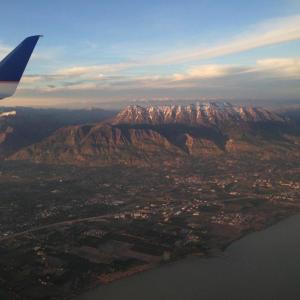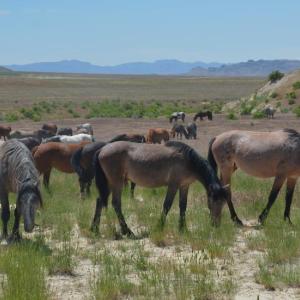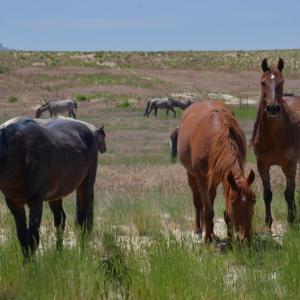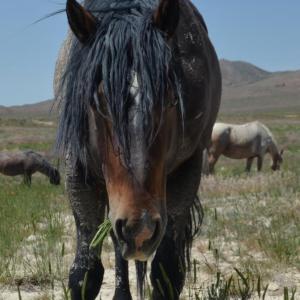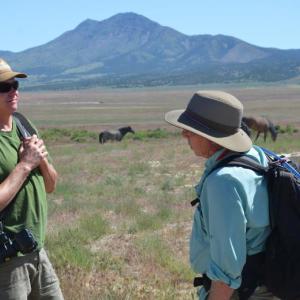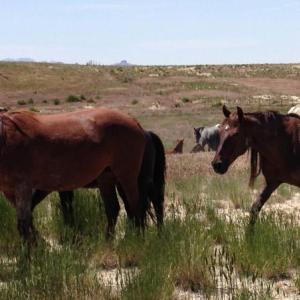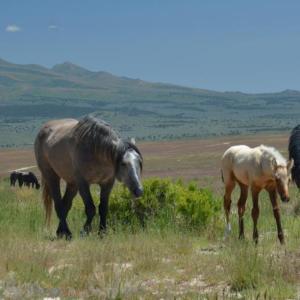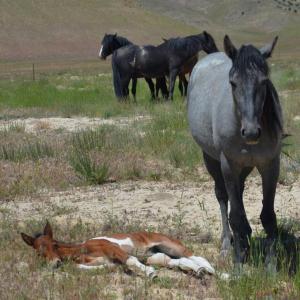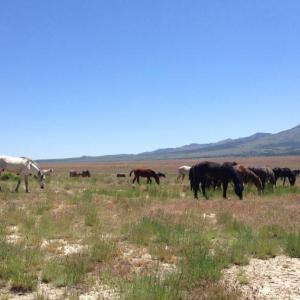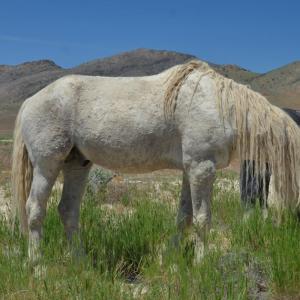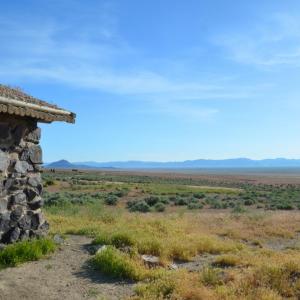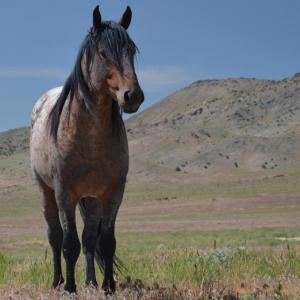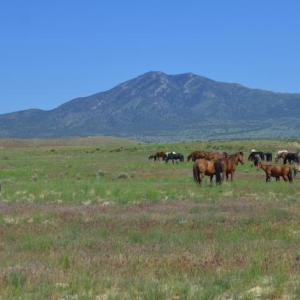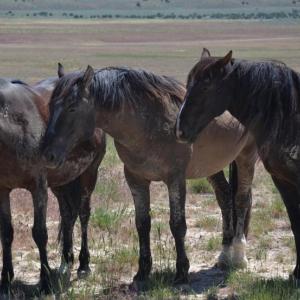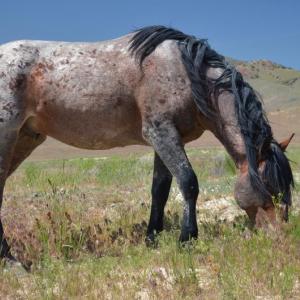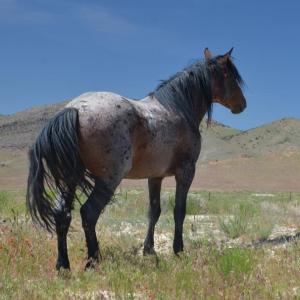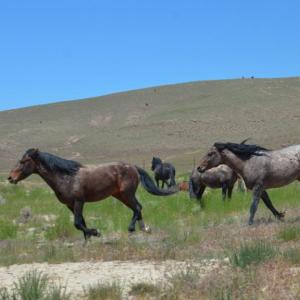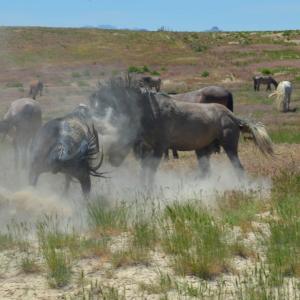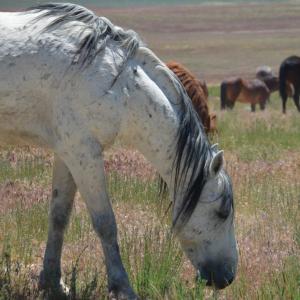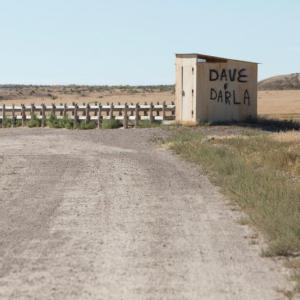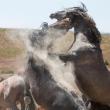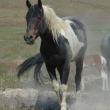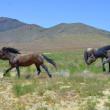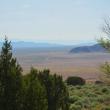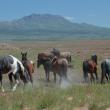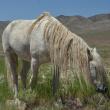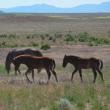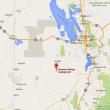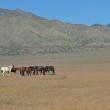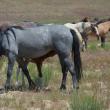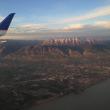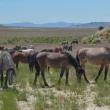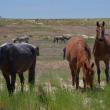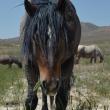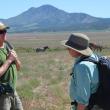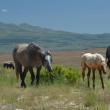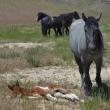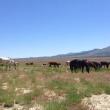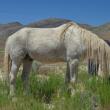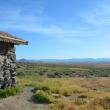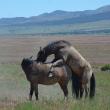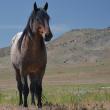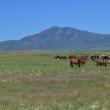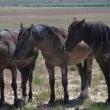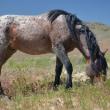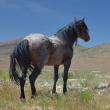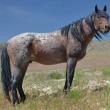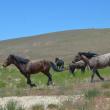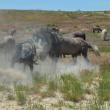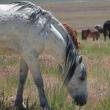America’s wild mustangs: Who’s got their back?
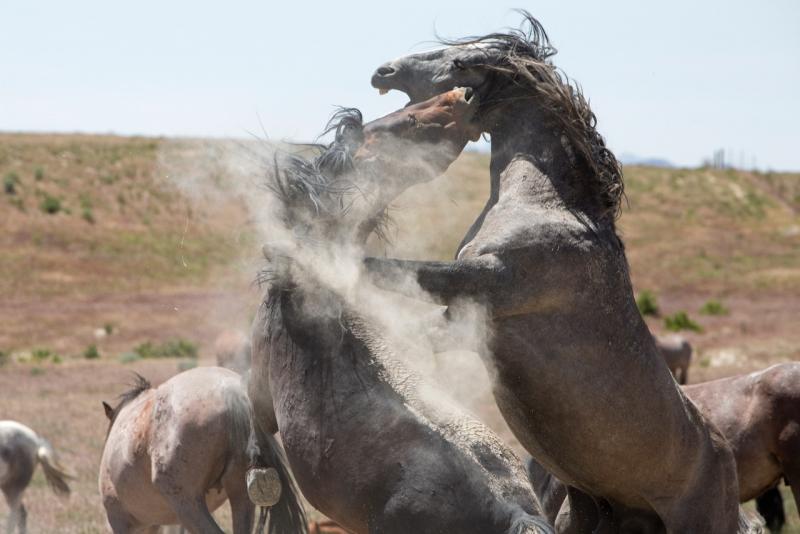 Photo courtesy John Steele
Photo courtesy John Steele
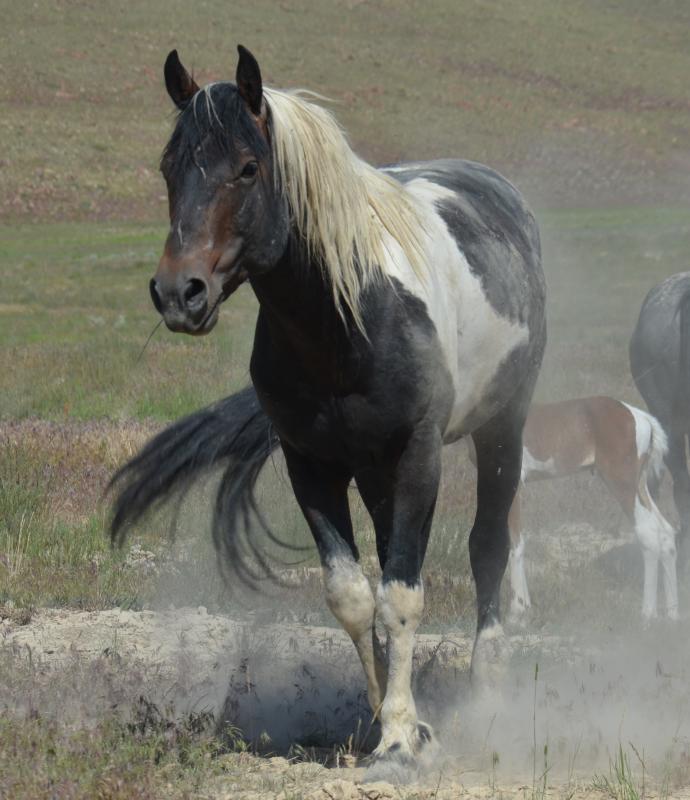 (Photo by Lynda Clancy)
(Photo by Lynda Clancy)
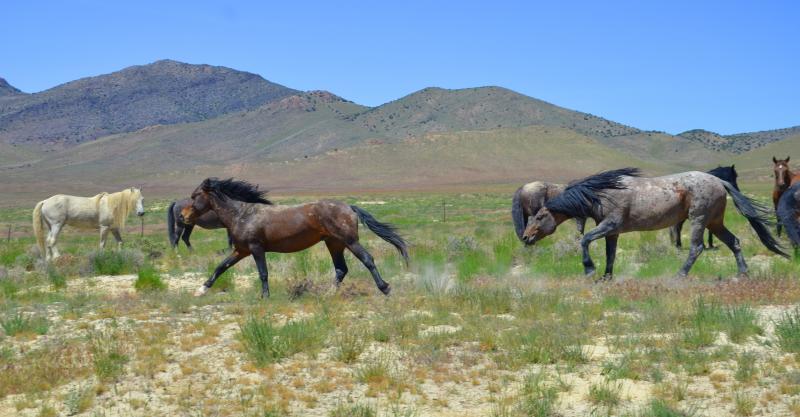 (Photo by Lynda Clancy)
(Photo by Lynda Clancy)
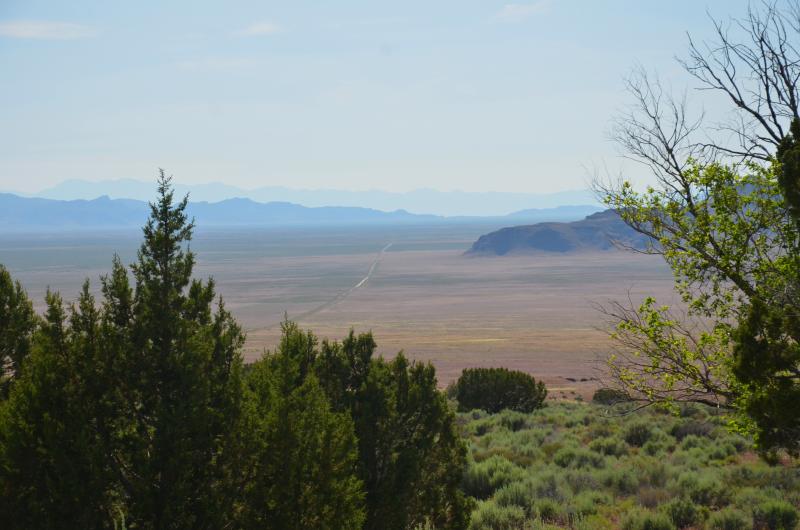 (Photo by Lynda Clancy)
(Photo by Lynda Clancy)
 (Photo by Lynda Clancy)
(Photo by Lynda Clancy)
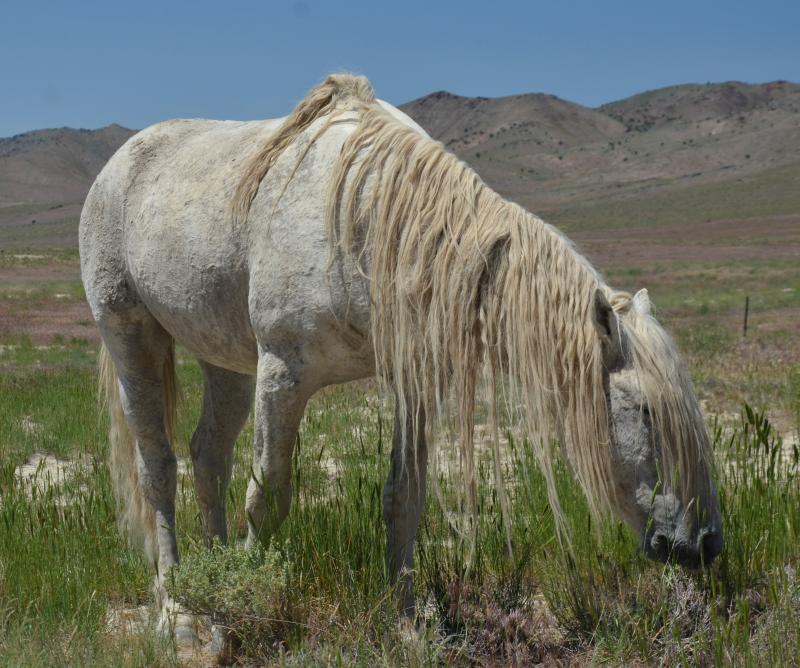 (Photo by Lynda Clancy)
(Photo by Lynda Clancy)
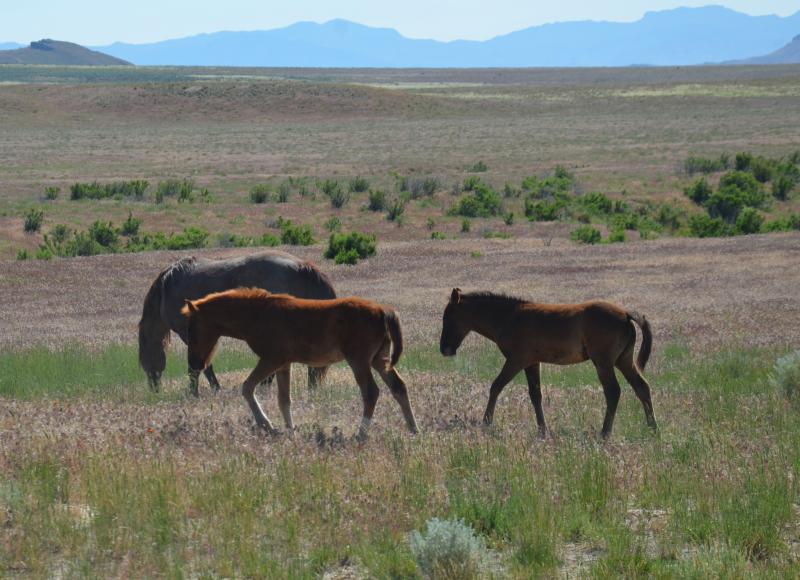 (Photo by Lynda Clancy)
(Photo by Lynda Clancy)

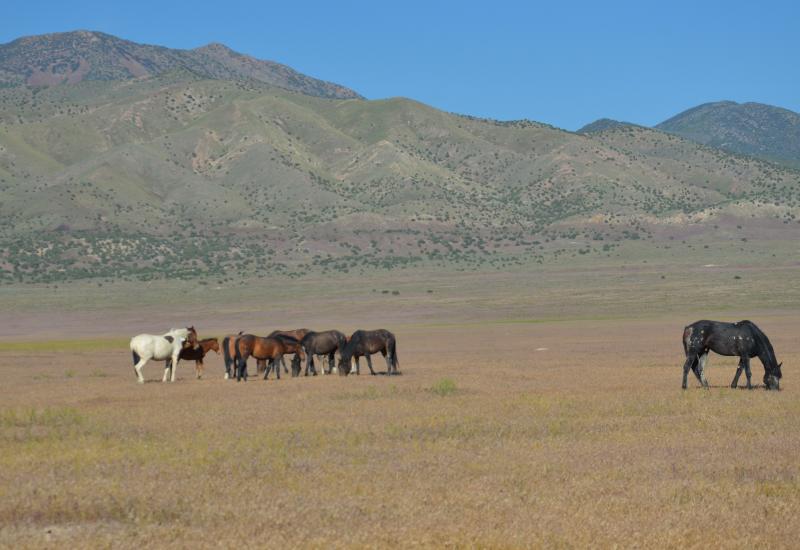 (Photo by Lynda Clancy)
(Photo by Lynda Clancy)
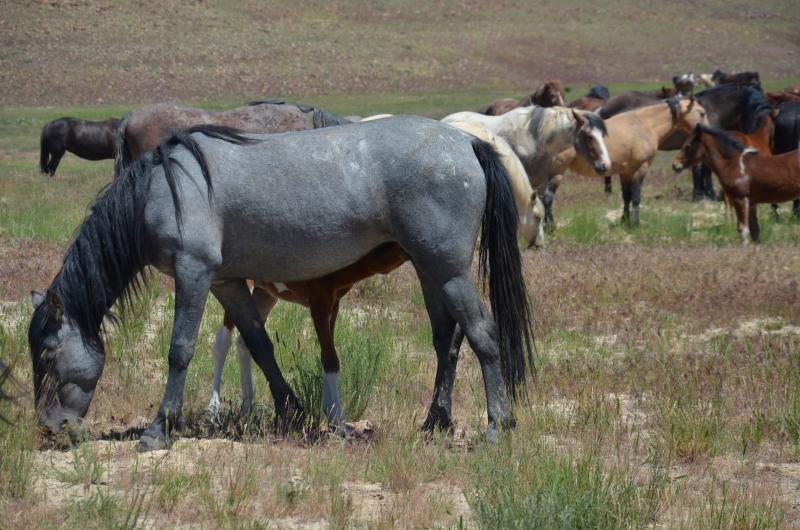 (Photo by Lynda Clancy)
(Photo by Lynda Clancy)
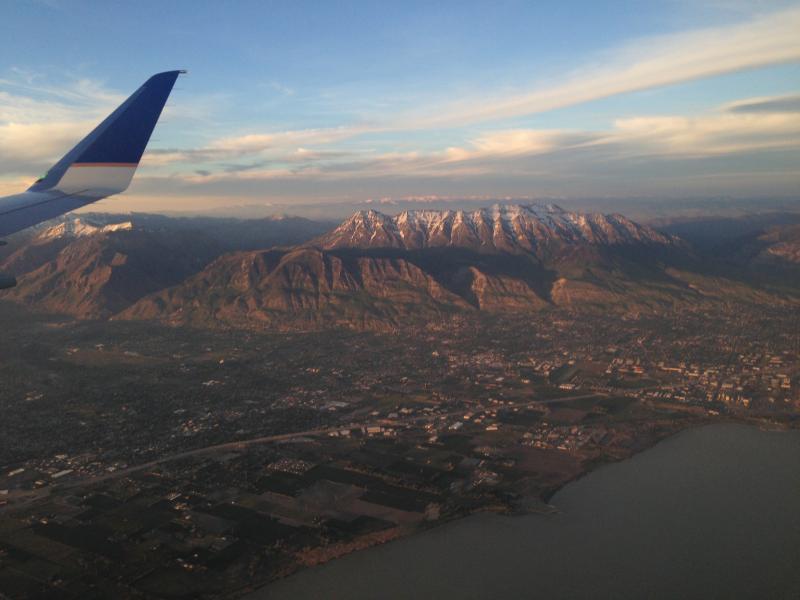 (Photo by Lynda Clancy)
(Photo by Lynda Clancy)
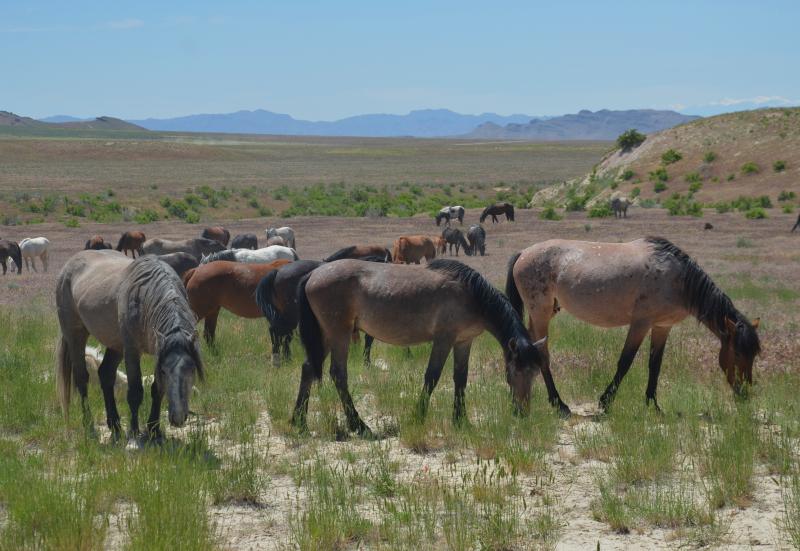 (Photo by Lynda Clancy)
(Photo by Lynda Clancy)
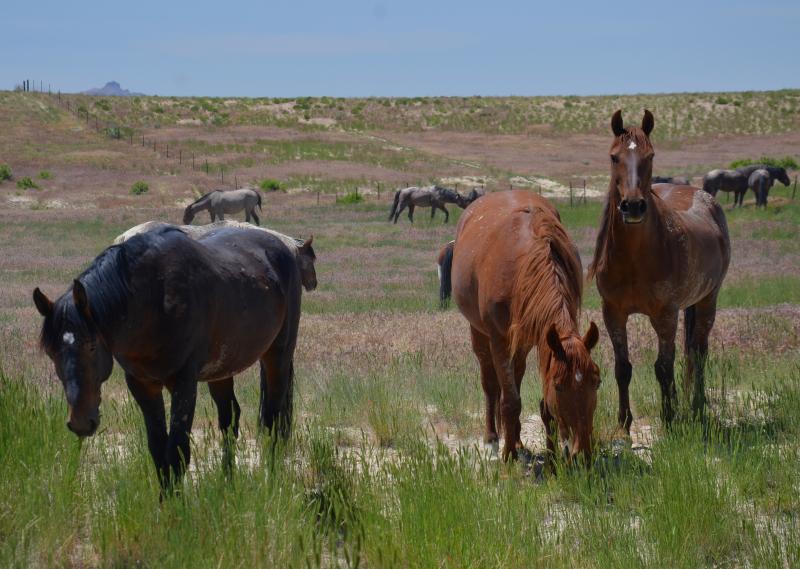 (Photo by Lynda Clancy)
(Photo by Lynda Clancy)
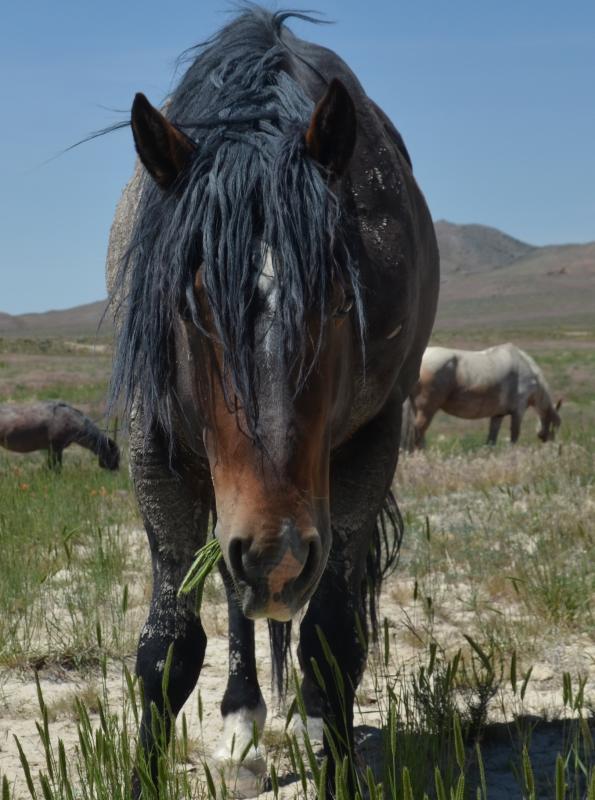 (Photo by Lynda Clancy)
(Photo by Lynda Clancy)
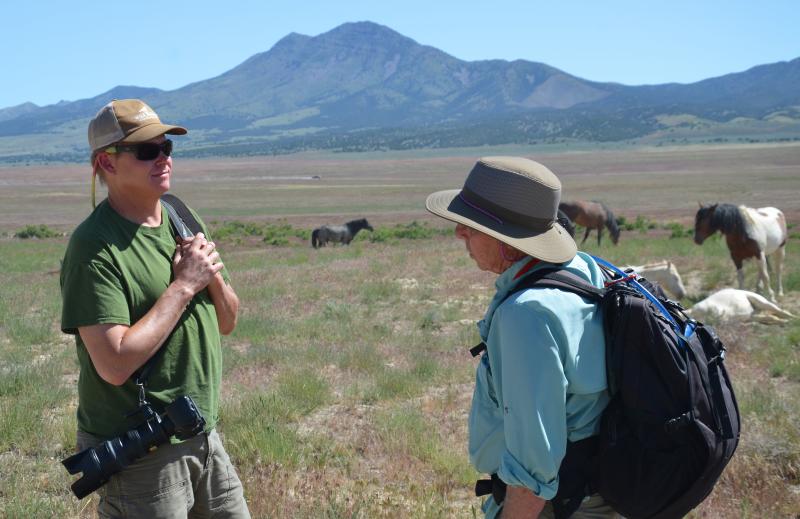 Jim Schnedle and John Steele (Photo by Lynda Clancy)
Jim Schnedle and John Steele (Photo by Lynda Clancy)
 (Photo by Lynda Clancy)
(Photo by Lynda Clancy)
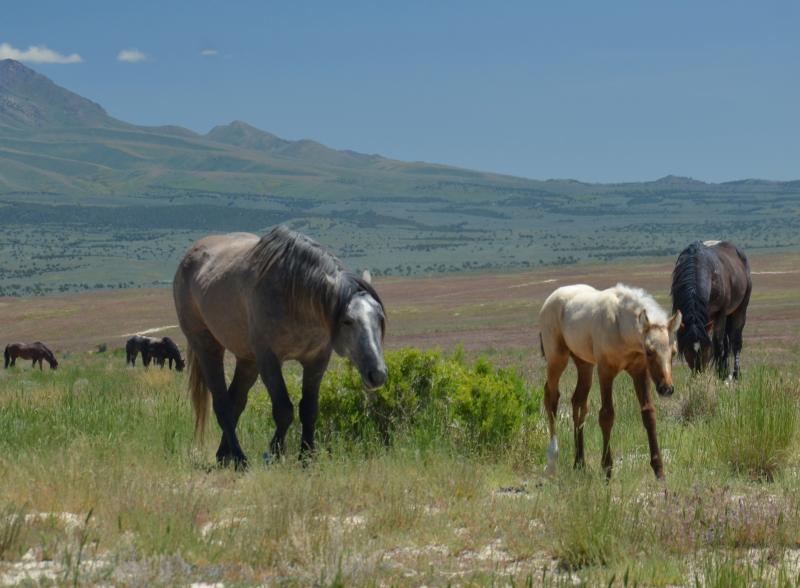 (Photo by Lynda Clancy)
(Photo by Lynda Clancy)
 (Photo by Lynda Clancy)
(Photo by Lynda Clancy)
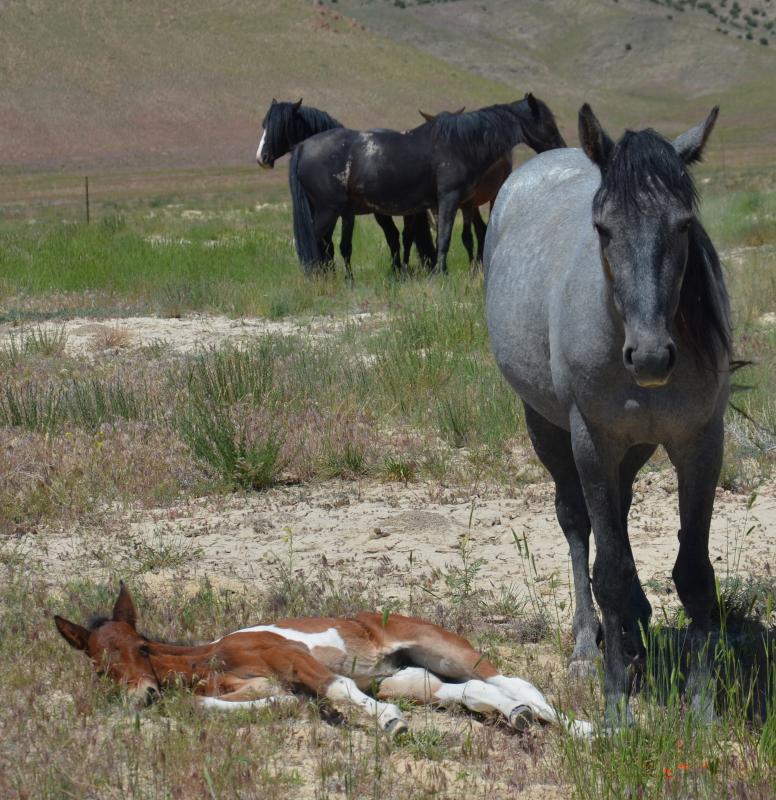 (Photo by Lynda Clancy)
(Photo by Lynda Clancy)
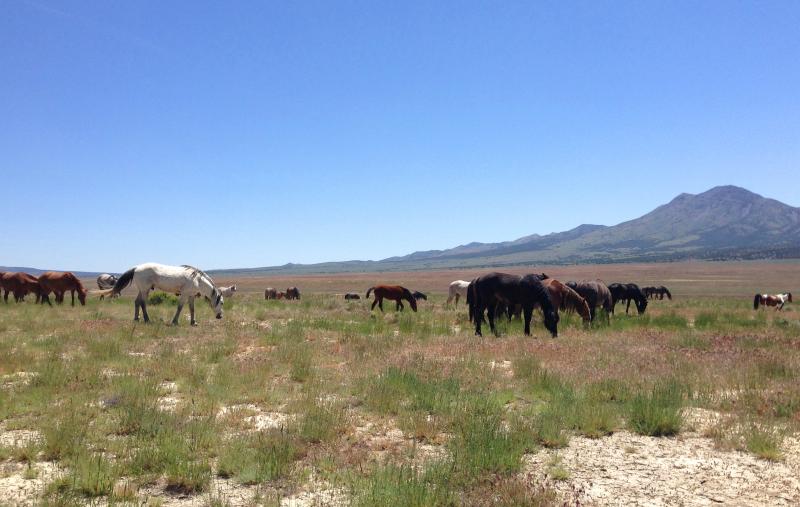 (Photo by Lynda Clancy)
(Photo by Lynda Clancy)
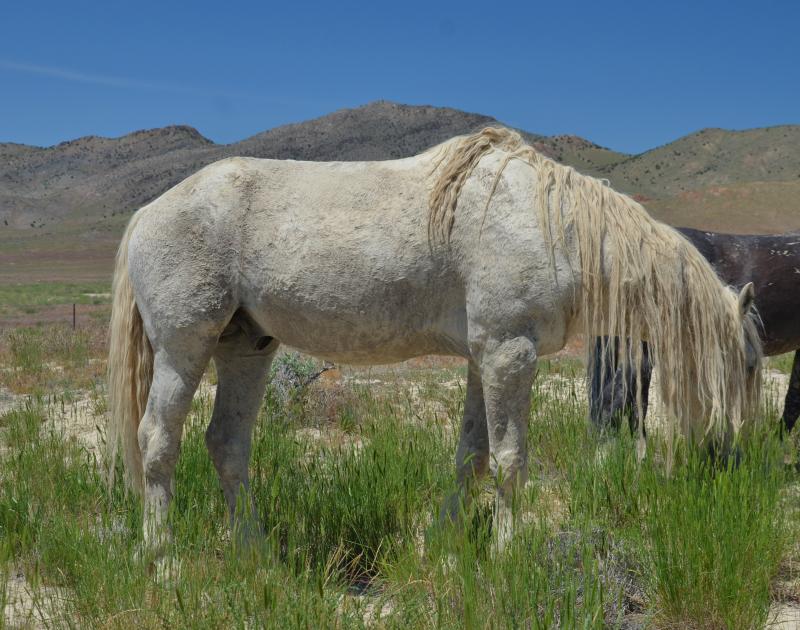 (Photo by Lynda Clancy)
(Photo by Lynda Clancy)
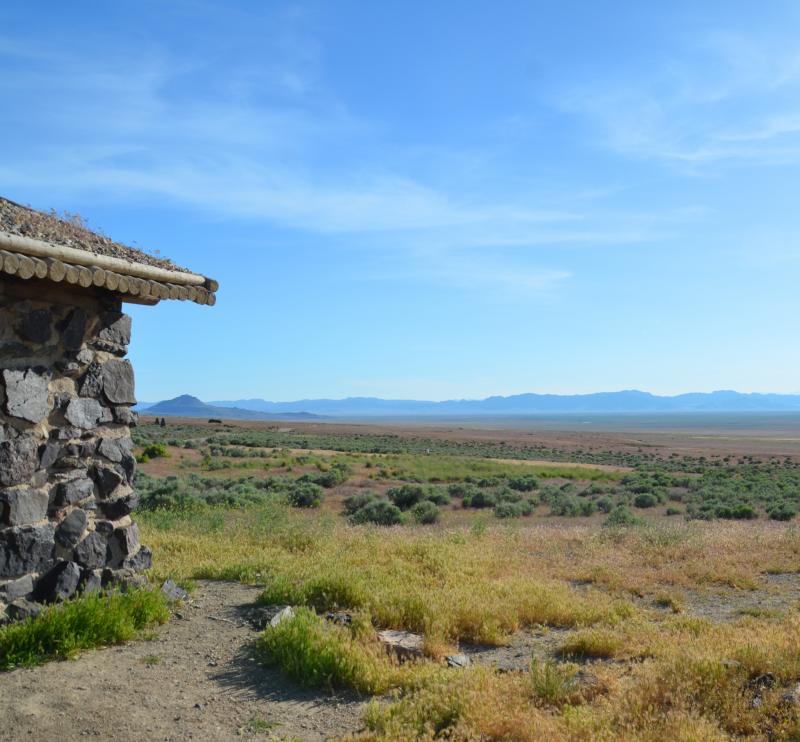 The old Pony Express stop. (Photo by Lynda Clancy)
The old Pony Express stop. (Photo by Lynda Clancy)
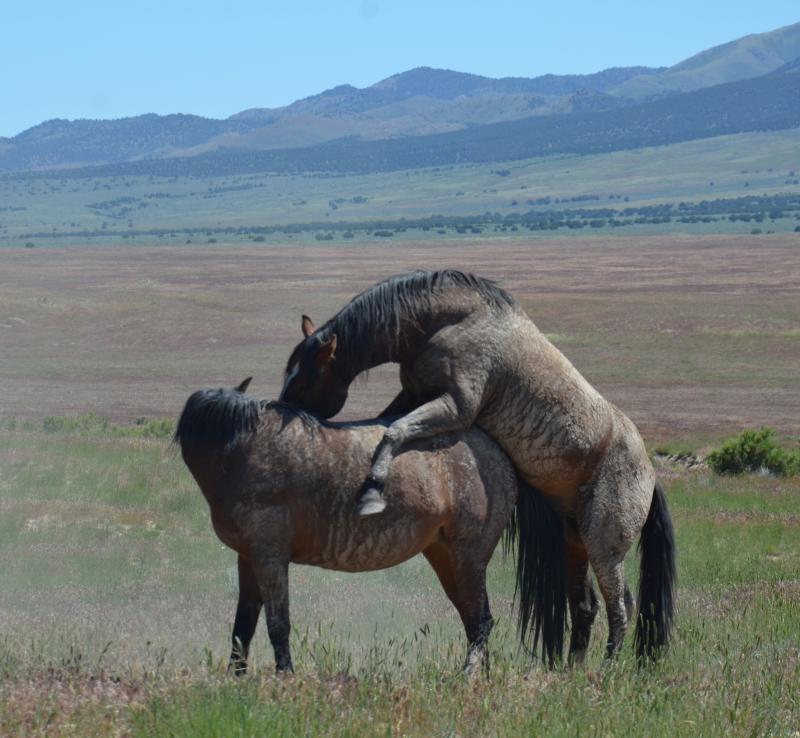 (Photo by Lynda Clancy)
(Photo by Lynda Clancy)
 (Photo by Lynda Clancy)
(Photo by Lynda Clancy)
 (Photo by Lynda Clancy)
(Photo by Lynda Clancy)
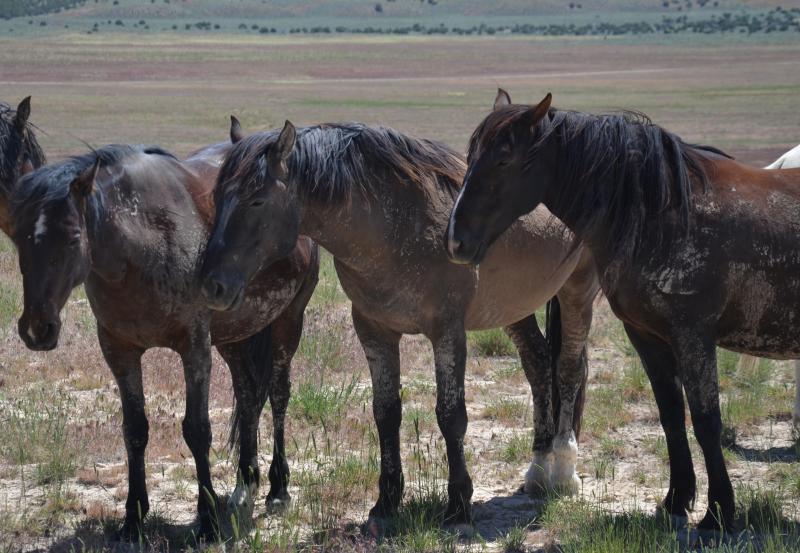 (Photo by Lynda Clancy)
(Photo by Lynda Clancy)
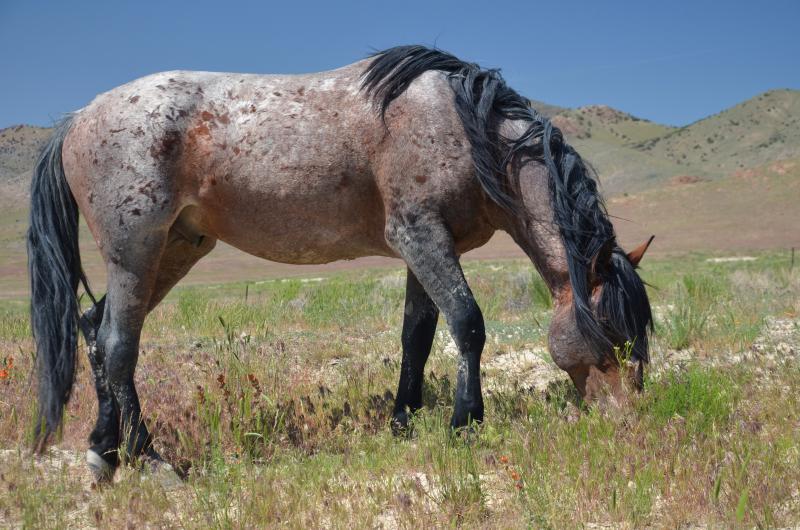 (Photo by Lynda Clancy)
(Photo by Lynda Clancy)
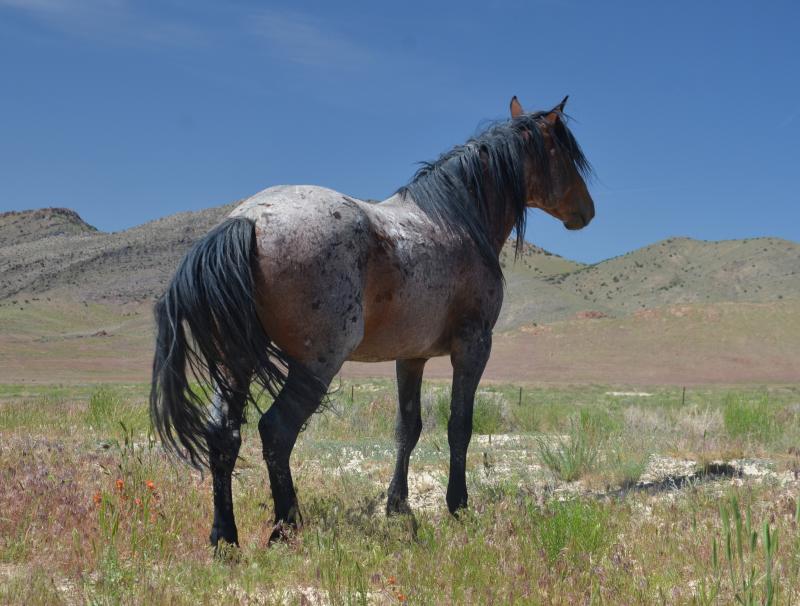 (Photo by Lynda Clancy)
(Photo by Lynda Clancy)
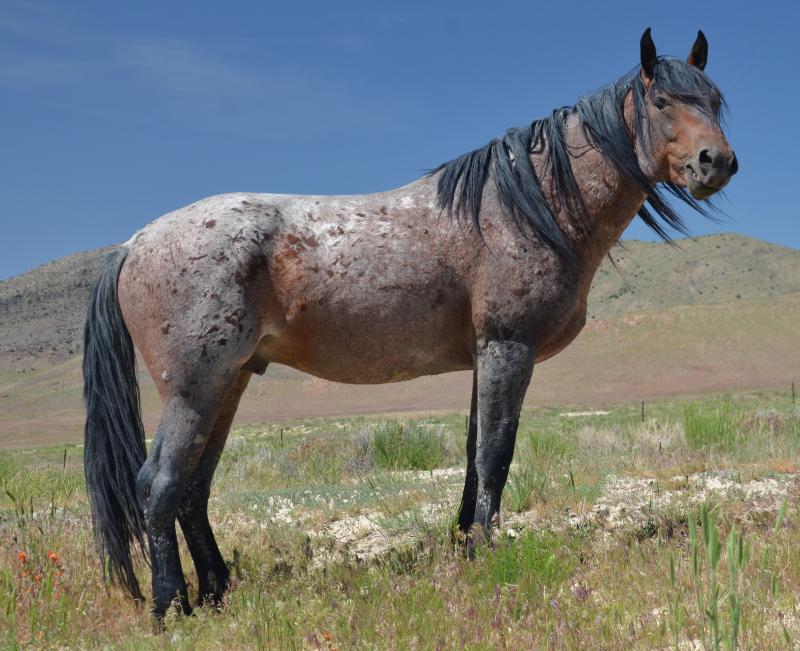 (Photo by Lynda Clancy)
(Photo by Lynda Clancy)
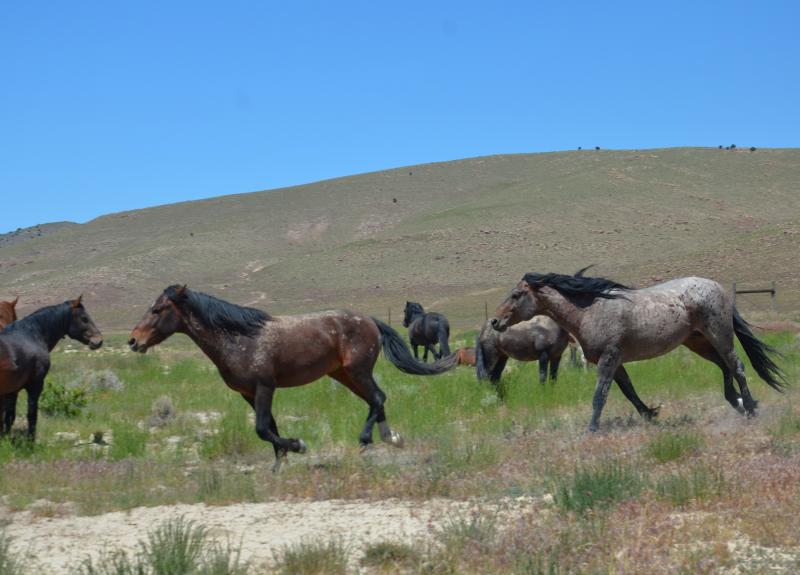 (Photo by Lynda Clancy)
(Photo by Lynda Clancy)
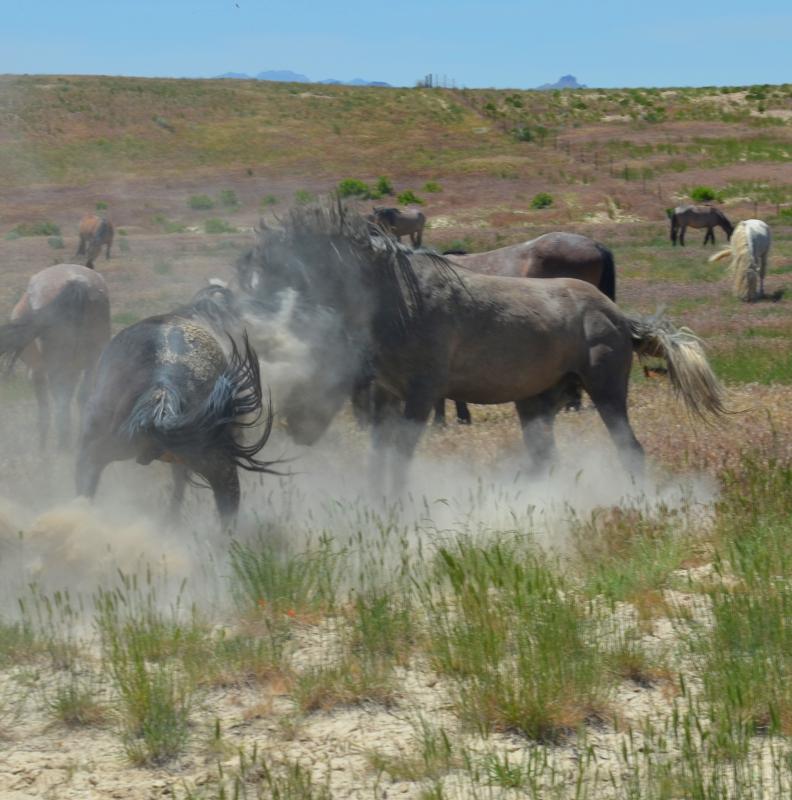 (Photo by Lynda Clancy)
(Photo by Lynda Clancy)
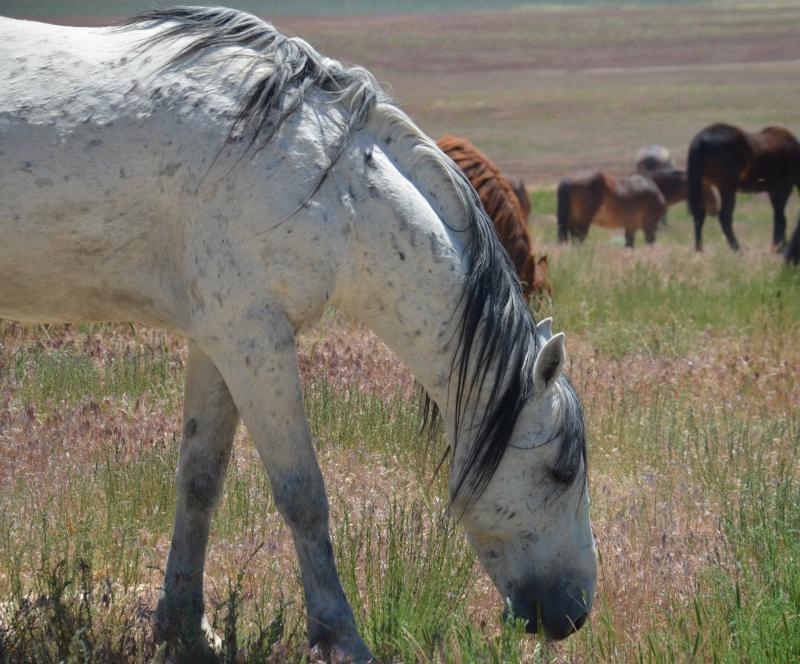 (Photo by Lynda Clancy)
(Photo by Lynda Clancy)
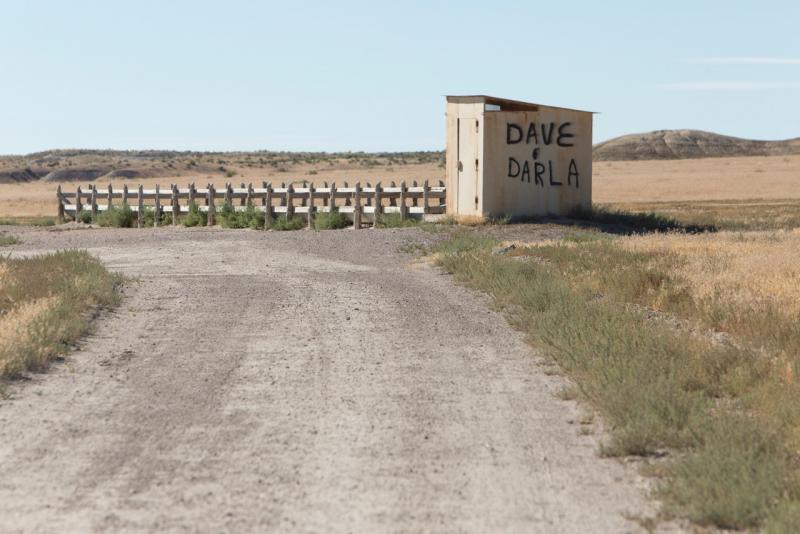
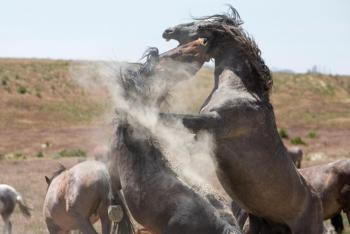 Photo courtesy John Steele
Photo courtesy John Steele
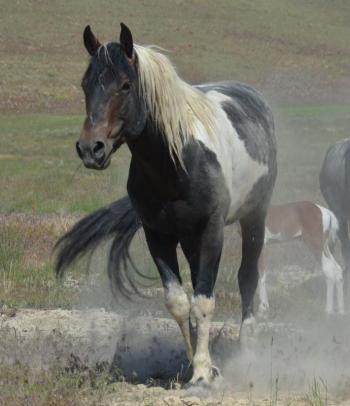 (Photo by Lynda Clancy)
(Photo by Lynda Clancy)
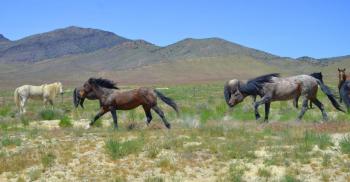 (Photo by Lynda Clancy)
(Photo by Lynda Clancy)
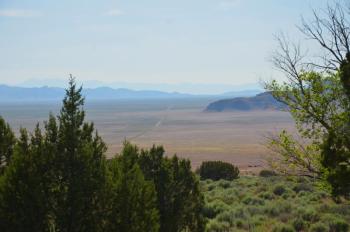 (Photo by Lynda Clancy)
(Photo by Lynda Clancy)
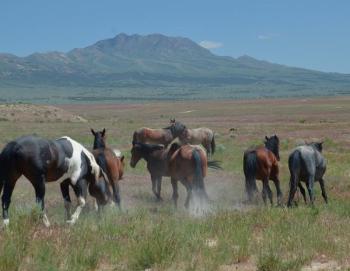 (Photo by Lynda Clancy)
(Photo by Lynda Clancy)
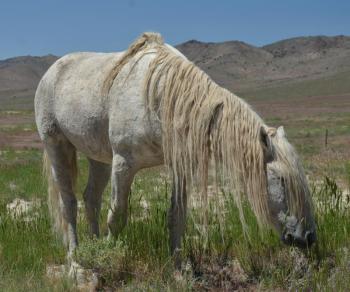 (Photo by Lynda Clancy)
(Photo by Lynda Clancy)
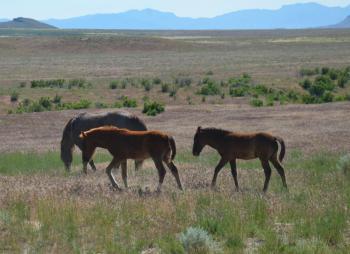 (Photo by Lynda Clancy)
(Photo by Lynda Clancy)
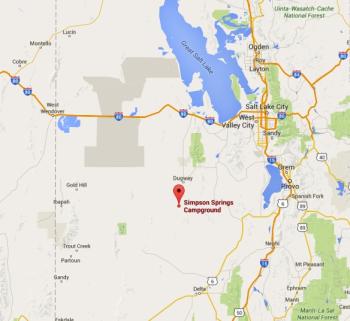
 (Photo by Lynda Clancy)
(Photo by Lynda Clancy)
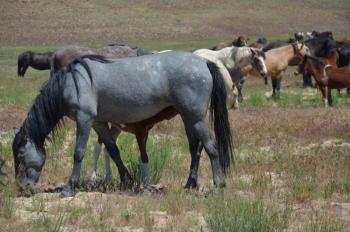 (Photo by Lynda Clancy)
(Photo by Lynda Clancy)
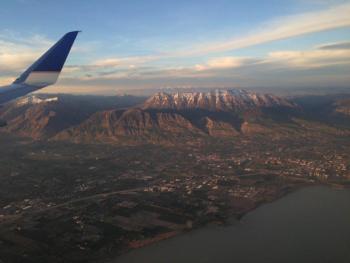 (Photo by Lynda Clancy)
(Photo by Lynda Clancy)
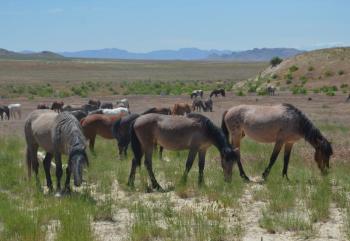 (Photo by Lynda Clancy)
(Photo by Lynda Clancy)
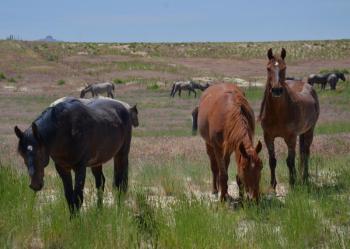 (Photo by Lynda Clancy)
(Photo by Lynda Clancy)
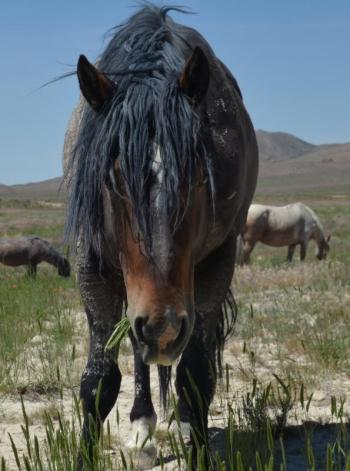 (Photo by Lynda Clancy)
(Photo by Lynda Clancy)
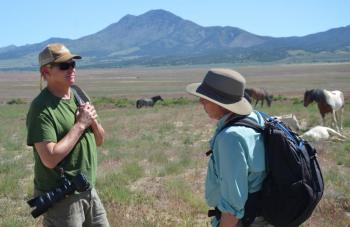 Jim Schnedle and John Steele (Photo by Lynda Clancy)
Jim Schnedle and John Steele (Photo by Lynda Clancy)
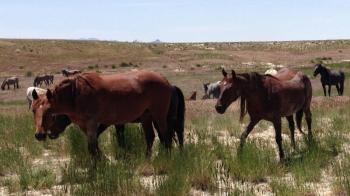 (Photo by Lynda Clancy)
(Photo by Lynda Clancy)
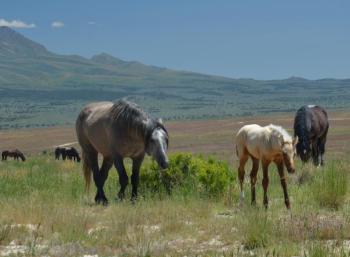 (Photo by Lynda Clancy)
(Photo by Lynda Clancy)
 (Photo by Lynda Clancy)
(Photo by Lynda Clancy)
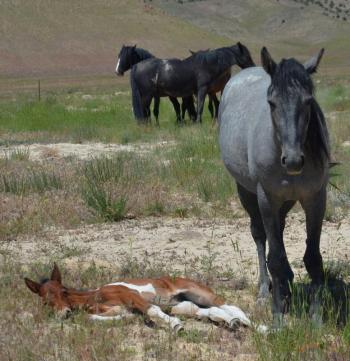 (Photo by Lynda Clancy)
(Photo by Lynda Clancy)
 (Photo by Lynda Clancy)
(Photo by Lynda Clancy)
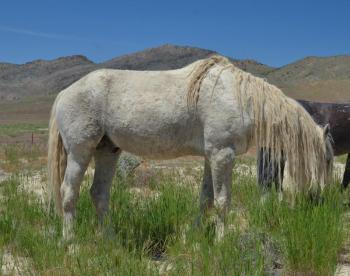 (Photo by Lynda Clancy)
(Photo by Lynda Clancy)
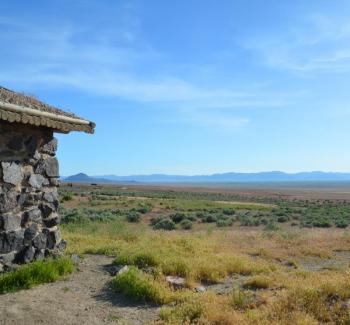 The old Pony Express stop. (Photo by Lynda Clancy)
The old Pony Express stop. (Photo by Lynda Clancy)
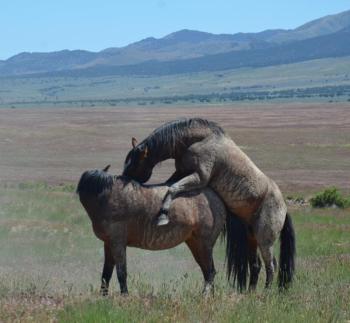 (Photo by Lynda Clancy)
(Photo by Lynda Clancy)
 (Photo by Lynda Clancy)
(Photo by Lynda Clancy)
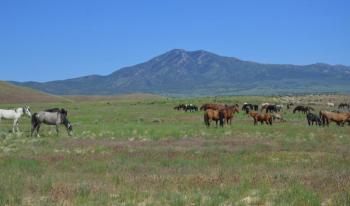 (Photo by Lynda Clancy)
(Photo by Lynda Clancy)
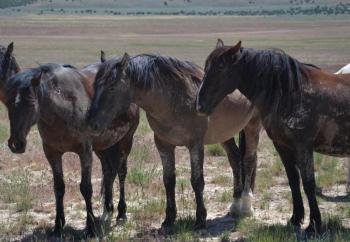 (Photo by Lynda Clancy)
(Photo by Lynda Clancy)
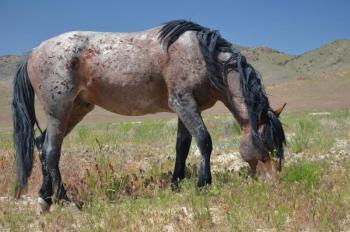 (Photo by Lynda Clancy)
(Photo by Lynda Clancy)
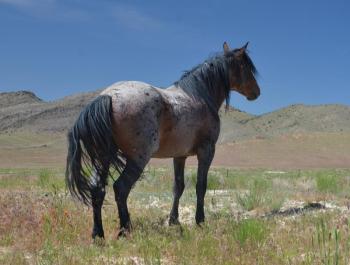 (Photo by Lynda Clancy)
(Photo by Lynda Clancy)
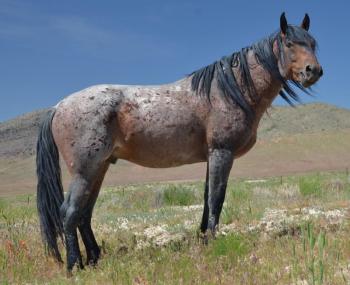 (Photo by Lynda Clancy)
(Photo by Lynda Clancy)
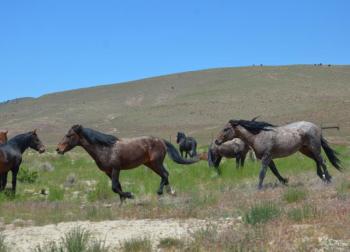 (Photo by Lynda Clancy)
(Photo by Lynda Clancy)
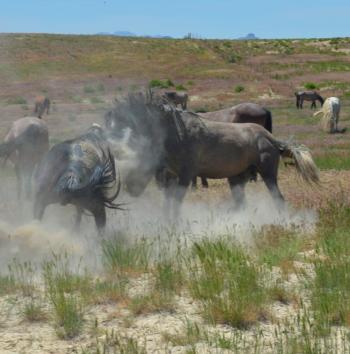 (Photo by Lynda Clancy)
(Photo by Lynda Clancy)
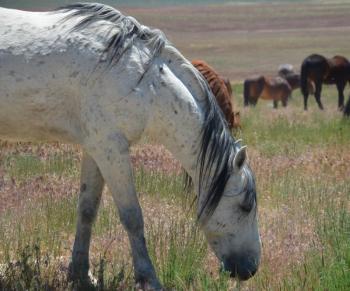 (Photo by Lynda Clancy)
(Photo by Lynda Clancy)
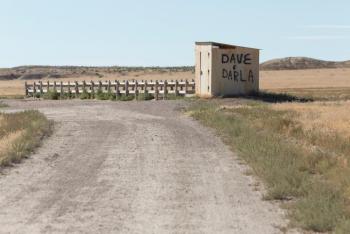
Sitting on the desert floor, it's hard to avoid cactus nettles, but I barely move. There's a wild stallion edging closer to my back, his neck stretched down toward me, ears forward. He's curious, fearless, and likely is as strong as Areion, the horse that the son of Zeus rode through eons of mythology.
Turning sideways, I hoist the camera and in response, he haughtily lifts his head. I'm no threat, this human in sneakers and skirt, smelling of suntan lotion.
The other 120 wild horses of the Onaqui herd hold the same impression. They move in companionable clusters as a dry breeze blows down from the north, over Utah’s Great Salt Lake to this wide valley that stretches to the Nevada border. We are somewhere near Red Pine Mountain on the old Pony Express Trail.
To the west are the Simpson Springs, where another herd of the Onaqui graze on the open range. To the north is a military base, the Dugway Proving Grounds, where the army tests ammunition, and biological and chemical weapons.
Here, however, it is quiet save for nickering, or the occasional squeals and roars of temperamental stallions. Some have been rolling in the mud, caking their backs and flanks to keep flies from biting.
This is their range, almost 400 square miles of the ancient Lake Bonneville, now covered in June grass, sage and cactus. The wet spring has swiftly turned to summer by June 1, and creeks are drying up. The mustangs are now reliant on local ranchers for water. As it gets drier, the ranchers will decide which troughs to fill. They will open the pipes, and tap underground aquifers. The horses will subsequently limit their movement through the summer to the available water.
At first glance, it is an idyllic existence, as foals nestle and young stallions gallop, summer coats shiny under brilliant blue skies. Predators are few, and the past mild winter was gentle on the herd. Even the elderly horses, moving with a dignified gait under long, snarled manes, have done alright.
But life is precarious for America's wild horses, as even the term “wild” is up for interpretation. The federal government calls them “feral,” meaning their ancestors were originally of domesticated stock. From Spain they came, more than 500 years, mixing with other European bloodlines, and cutting loose on the American frontier. Some had been abandoned, some escaped.
Their descendants are of many lines, evident in their Arabian or Romans noses; or in the strong hindquarters resembling the American Quarter Horse. There is draft horse in them, and perhaps even the German Friesan. Most are handsome and proportionately beautiful.
The general public, however, calls the free-roaming American Mustang “wild,” partly because they have never been touched by human hands; mostly, however, because it is in our collective lexicon. We associate the wild horses with the Wild West, the freedom of spirit that still speaks westward-ho.
But it is not so free for the horses, as the federal government is on an active push to reduce the number of horses and burros on the open range.
The territory under control of the federal Bureau of Land Management, which oversees approximately 245 million acres of public land in 12 western states and 700 million acres of sub-surface mineral estate, have resources that humans want. Mining, cattle, natural gas and oil drilling interests vie with wildlife and recreational interests for publicly-owned land.
Even some western states are mounting court battles with Washington, D.C., for control of the public land.
And then there is the human population itself, which keeps expanding its footprint across the American West. Just 50 years ago, the valleys around Salt Lake City were mostly farm and ranch land. Now, development continues unbroken for almost 130 miles from the Idaho border, down the Wasatch front to Provo — houses, highways, malls and buildings of gleaming glass that are offices to software, health care, and financial industry. It is a pattern replicated throughout the west, in Reno, Las Vegas, Phoenix, Tuscon, Denver, as humans stretch into the hills and deserts, hungry for land and resources.
The mustangs that range in Utah near the Wasatch National Forest are far luckier than the 50,000 others that have been captured over the past five years, most of which exist now fenced in corrals and pastures in Wyoming, Nevada, Nebraska and Oregon. But the intention is to thin this herd, as well, by at least 100 horses.
In this constant struggle to balance economic interests and protect the wild horse and burro, there are a growing number of voices. Still, the “gathers” continue. As videos of them circulate on Facebook, it becomes even more a national debate. The wild horse represents the relationship of man to horse, the way we settled the West, and our protection of national treasures. How do we keep land wild, and what do we manage? Do we favor mustang birth control? Do we endorse rounding up horses by helicopter and confining them to corrals, hoping they will get adopted? Do we allow some to be slaughtered? Is there a humane way to control their herds? Who gives them a voice?
******
Current treatment of the herds makes John Steele mad, and he minces no words about it. A Vietnam vet who did two tours in 1968 and 1969 as a helicopter gunner, he now chronicles the mustangs with his Canon, driving 100 miles into the desert during the coldest of winter and hottest of summer.
“They have served our nation, and for me being a veteran, that is a big deal,” he said. “They belong here. Their ancestors were here before we showed up, and they are still getting the short end of the stick.”
He photographs the horses, and then hangs those photos in galleries, hoping more citizens, especially in Utah and nearby California and Nevada, will wake up.
The BLM is responsible for the wellbeing of America’s wild mustang, and like any federal agency, there are some good people, and some bad practices; some bad people and good practices.
Cattle ranchers say there are too many wild horses and the grazing land is better put to use for meat herds. But drought, foreign meat suppliers, and a diminishing appetite for beef has shrunk the cattle market, and its herds, and not so much the competition with the wild horse for grass.
A shrinking market for wool, and lamb, also changed the demand for sheep grazing. Over the last few decades, economic forces have altered the dynamics of the debate between cattle ranchers and advocates for wild horses, but not the age-old debate itself, which goes back decades.
Last year, the BLM issued 17,869 permits to run livestock, and the Forest Service issued 6,289 permits for the same purpose. That cumulative 24,158 permits translated into 21 million AUMs [Animal Unit Monthly], which was, “an equivalent of 1.7 million cows or 8.7 million sheep,” said the nonprofit American Wild Horse Preservation. “By contrast, the government has set a maximum allowable level of just 26,500 for wild horses and burros.”
No one has a definitive count of the wild horse. The BLM says there are 67,027 horses across 10 states. That number must be reduced to 26,715 to reach the agency’s goal of Appropriate Management Level (AML), which, the BLM says, is the number of wild horses and burros that can thrive in balance with other public land resources and uses.
That leaves 31,000 the BLM hopes to reduce the herds by. The agency conducts “gathers” — using helicopters and four-wheelers, to round up the horses. These captures are violent, and some die during the process. Others are separated from their bands. Some are trucked east, some adopted, others are left to corrals in holding facilities.
The Center for Biological Diversity estimates that the federal public lands grazing program costs American taxpayers $500 million annually.
But the revenue from selling those grazing permits is not enough to cover those costs, say the wild horse advocates.
“Thanks to below-market grazing rates, the federal public lands grazing program costs taxpayers hundreds of millions annually,” the AWHP said. “In addition to direct administrative costs, there are costs associated with programs to: 1) restore and repair of environmental damage caused by livestock grazing; kill predators, including coyotes, mountain lions, bobcats and other carnivores, at the request of ranchers; and 3) remove wild horses, which ranchers view as competition for cheap grazing on public lands.”
The BLM attempts to balance the competing interests, according to which state and whose political pressure is strongest in Washington, D.C. The Cloud Foundation, a Colorado-based nonprofit that advocates for the wild horse, has argued before Congress that the BLM has “has had reasonable, cost effective and humane ways to maintain healthy populations of wild horses and burros on their legally designated homes on the range in the form of the fertility vaccine PZP.”
And although the BLM emphatically states at its website that, “It has been and remains the policy of the BLM, despite the unrestricted sales authority of the Burns Amendment, not to sell or send any wild horses or burros to slaughterhouses or to ‘kill buyers,’ there are Associated Press stories that recount how a federal investigation determined that a livestock hauler sold approximately 1,800 wild horses to buyers who took them to slaughterhouses in Mexico. The hauler, the story said, “bought the mustangs through the BLM program that's supposed to provide wild horses with good homes.”
*******
Last year, one Wyoming mustang arrived in Hope, at Equine Connections. The horse had been captured in a gather, loaded off of the range onto a truck, and transported east, and then east again.
Wendy Harvey has owned mustangs in the past, but this was the first one captured wild from the range. Freedom is the mare’s name, and Harvey acquired her after participating in a Wild Mustang training competitions orchestrated by BML and the Texas-based Mustang Heritage Foundation in an effort to find the mustangs homes across the country. It is an elaborate string of programs to entice horse lovers across the country to help find homes for the wild mustangs.
Harvey took up the challenge, spending several months getting the mare accustomed to the touch of a hand to the neck, the back, and then the saddle. Freedom is now a permanent resident of Hope, fat, happy and sassy like all Harvey’s horses.
But when Harvey talks about the struggle to keep the mustangs on the open range, her temper flares, just like that of John Steele. She has seen the terror in the eyes of those horses, with YouTube filling with videos of the mustang gathers.
On June 6, Jim Schnepel, director of Wild Horses of America Foundation, watched a wild burro gather in Utah.
“Today, the contractor decided to leave the trap behind and work the north side of I-70,” he wrote in his online updates. “The helicopters would push the burros into a big meadow and the mounted riders would then rope and lead them to the trailer. We heard that they felt this was easier than trying to push the burros into the trap. If they were able to rope the burro early we couldn't observe it from the public viewing area, however we saw those burros who made it farther.”
His blog provides a rundown of how the “gather” works and has photos of the cowboys and cowgirls galloping after burros that are trying to escape. It is not pretty.
Schnepel was also out in the desert with the Onaqui herd on June 1, taking a California photographer to see the horses. Steele and I had climbed over old barbed wire fence to settle into the north end of the herd. As high noon stretched toward 3 p.m., the horses grazed under the hot sun, and Schnepel explained how he volunteers to shoot the birth control darts into the flanks of mares.
As we talked, small bands of mares nibbled quietly, and foals slumbered by their legs. The stallions who had fathered those foals stood close to their territory, while the stallions without family strutted around, erupting now and then into violence with other young stallions. They stretched their necks low to the ground, “snaking” toward their foes, picking fights, biting and rearing and kicking. Then, as quickly as it started, they stopped and moved away from each other.
*****
We get in the Chevy pickup and travel another 10 miles down to Simpson Springs, a dependable watering hole for prehistoric and contemporary man, wildlife and horse. The dust kicks up behind and we roll up the windows. Steele turns on the air conditioning and we talk about the geology of the region, and the giant lake that once covered this part of the country, almost 1,000 feet deep and as large as Lake Michigan.
In the 1800s, settlers and miners stopped at Simpson Springs to hydrate. It is another reason why the Pony Express ran nearby. Ahead, the western hills are starkly outlined against the Nevada sky. There is little about this part of Utah that draws masses of outdoor adventurers, mountain climbers or bicyclists. There is a BLM campground — built by the Civilian Conservation Corps during the Depression — with 14 sites, but no one is there on a Tuesday afternoon.
The land is empty, and evokes the American West as it has always been — wide open spaces that feed the soul.
Another smaller herd of horses ambles into view.
Schnepel, who scrapes by at the small nonprofit that exists to help this herd of wild horses, has volunteered with the BLM to dart the mares with doses of birth control. He shoots them, and the darts release birth control into their systems, a two-year preventative. Drug companies are now working on a five-year dose.
The doses, made in a Montana lab, are said to range at about $24 each, and the ingredients are shredded pig ovaries. The ovaries come from the pigs killed at slaughterhouses.
He follows the mares who are darted, “until it falls out.”
It is a two-step process, and he has to keep precise records of which mares he has shot. But, he says, the “BLM does not come in with helicopters.”
The goal, said Schnepel, is to get this particular Onaqui herd reduced from 380 horses to 190. He’d like to establish a sanctuary for them. For that, of course, there is the question of money.
The BLM wants to do the same, and is appealing to landowners to contract for pasture space to accommodate wild horses removed from the range.
“Pastures vary in size and capacity, but must be large enough to allow for free-roaming behavior and provide all necessary food, water, facilities, personnel and supplies necessary to maintain a minimum of 200 wild horses in a healthy condition,” the BLM said.
*******
Further down the Pony Express trail, where the ancient lakebed begins to drop, there is a watering trough and an old cement building. Someone has spray-painted in big letters, “Dave and Darla” on one of the walls.
A lone horse is standing in its shade, long-legged and thin.
The average lifespan for a mustang is 10 to 11 years, far fewer than the 20-30 years a barn horse might see. Conditions are hard, and wounds can lead to killer infections, or lameness. Young foals die, as do mares in childbirth.
We drive slowly toward the horse, and I get out of the truck to see how close I can get to take his photo. But the nearer my approach, I realize that this horse is not well. He looks at me with a dignified and measured gaze. I lower the camera. He is requesting his privacy during his last days. There is nothing I can do to help him, and I turn back to the truck.
At one time, this stallion had pawed the ground and arched his neck, defending his right to the open range. Today, he won’t try, and I leave him to whatever peace he is going to find.
This is the reality of the wildness, and wilderness we want to protect for the wild horse. The American Mustang has a proud heritage, and the Onaqui herd shows what the west was, and still could be, if we did not demand all of the land.
Where the wild horses roam
State | Horses | Burros | Total | Max. AML |
| Arizona | 318 | 5,317 | 5,635 | 1,676 |
| California | 4,925 | 3,391 | 8,316 | 2,200 |
| Colorado | 1,530 | 0 | 1,530 | 812 |
| Idaho | 468 | 0 | 468 | 617 |
| Montana | 160 | 0 | 160 | 120 |
| Nevada | 31,979 | 2,552 | 34,531 | 12,811 |
| New Mexico | 171 | 0 | 171 | 83 |
| Oregon | 3,785 | 56 | 3,841 | 2,715 |
| Utah | 5,440 | 400 | 5,840 | 1,956 |
| Wyoming | 6,535 | 0 | 6,535 | 3,725 |
| Total | 55,311 | 11,716 | 67,027 | 26,715 |

